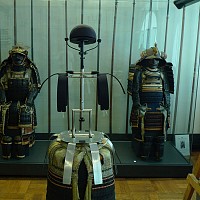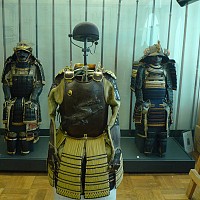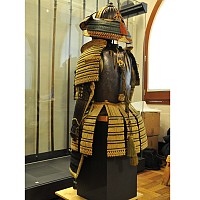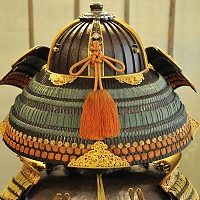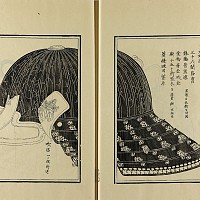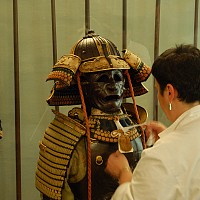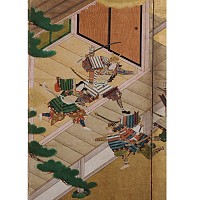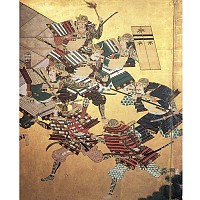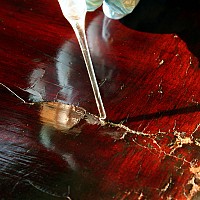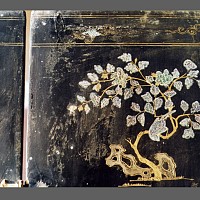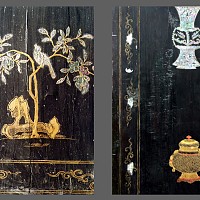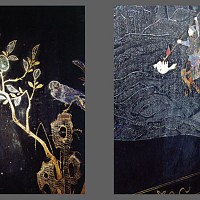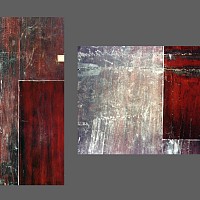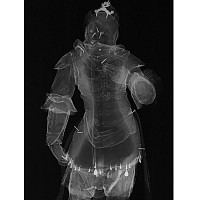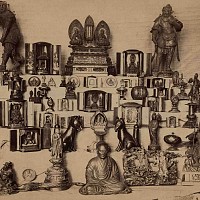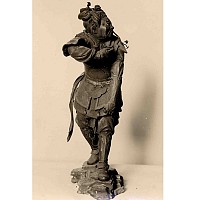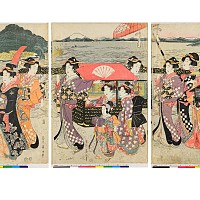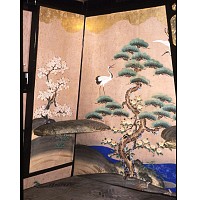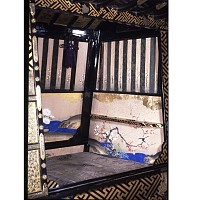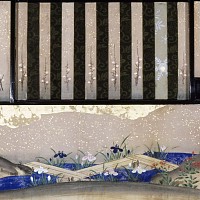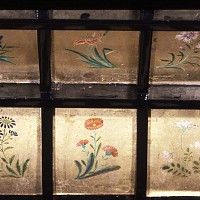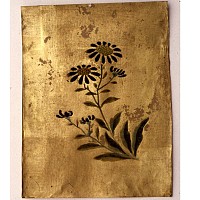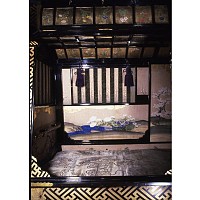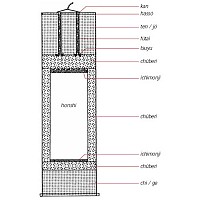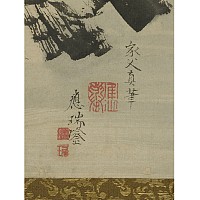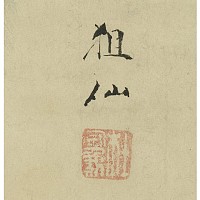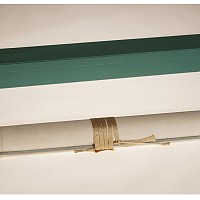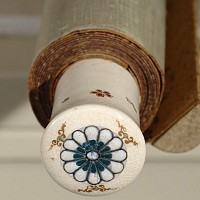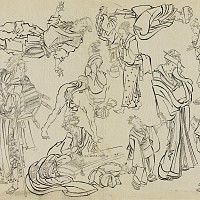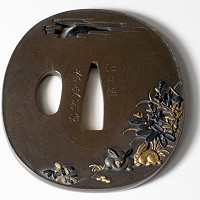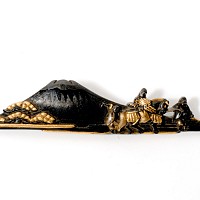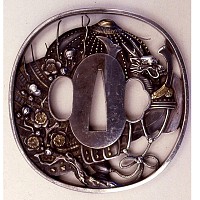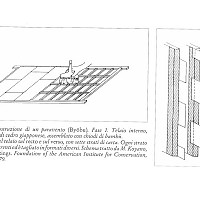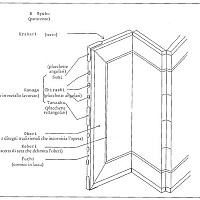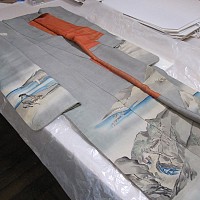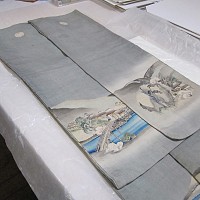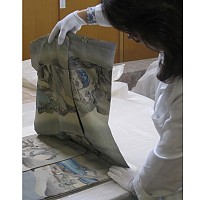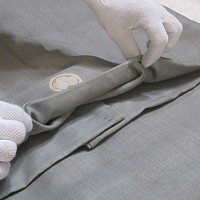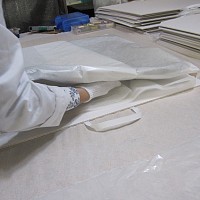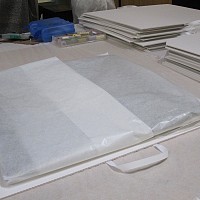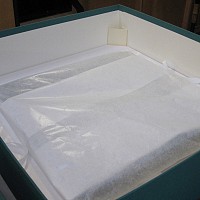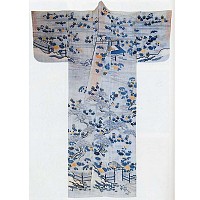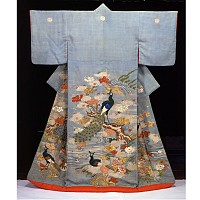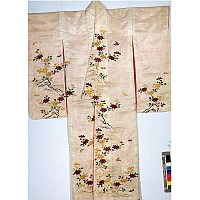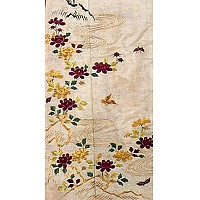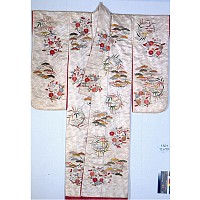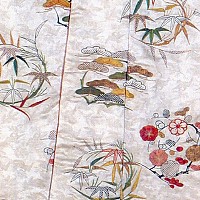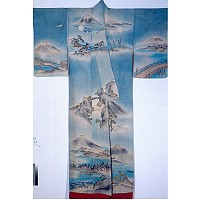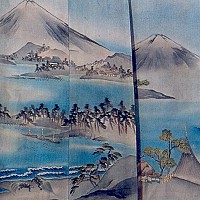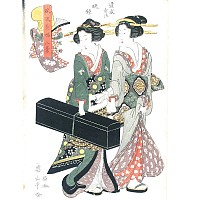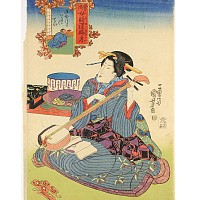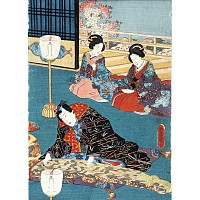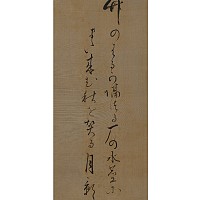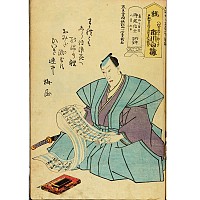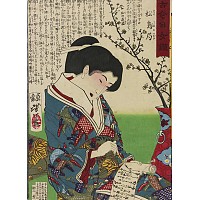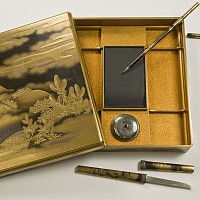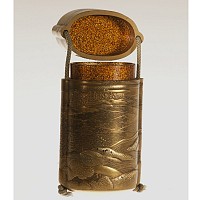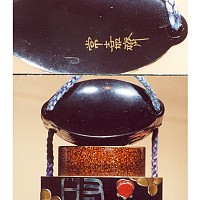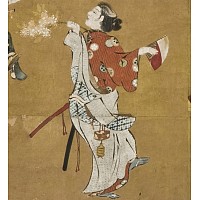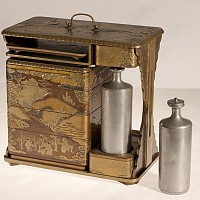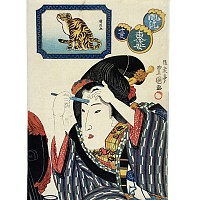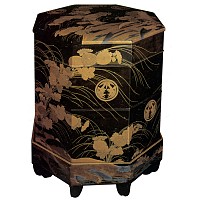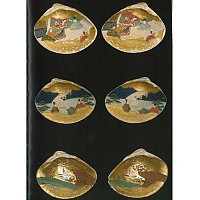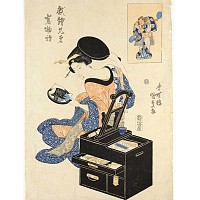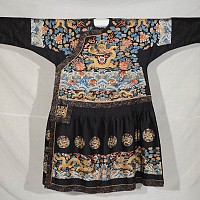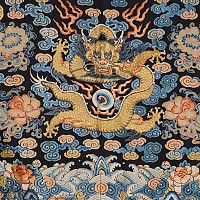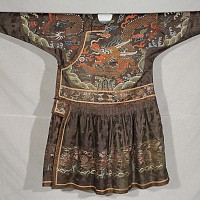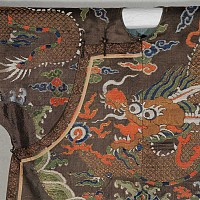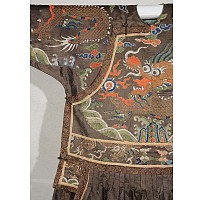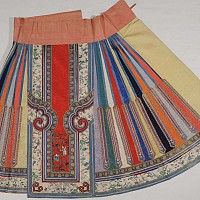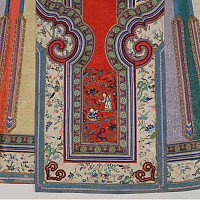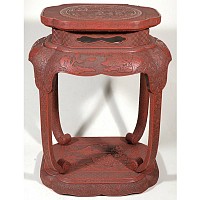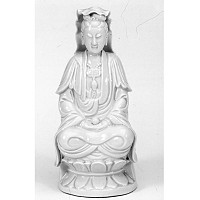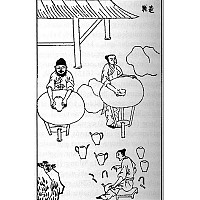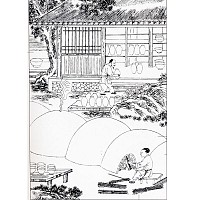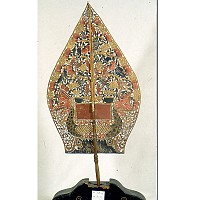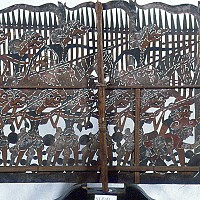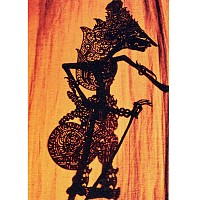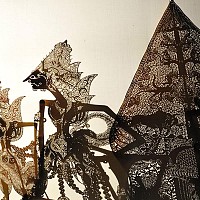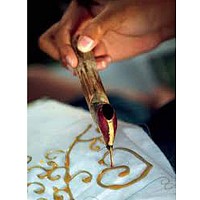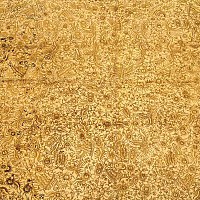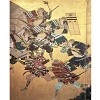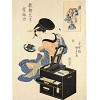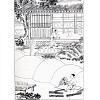Room XIII
This room is dedicated to Indonesia. The kriss is a dagger, widespread only in the southeastern Asian archipelago, with a straight or wavy blade (called bilah) and an often richly decorated hilt (hulu) applied. Every important family had a kriss: it was supposed to have a supernatural power and was considered as sacred as a relic.
The productive process of the kriss is a sacred operation itself. The bladesmith (empu) fasts, meditates, and offers gifts, so as to forge a dagger in harmony with the nature and the status of its owner. A special technical skill is necessary to knead iron and meteorite nickel bars: they are repeatedly melted to obtain blades that can be composed also by a hundred layers of metal. Starting from nearly 5 kg of iron and 50 grams of nickel a nearly four hectograms blade is obtained. Some hilts are undeniable masterpieces. They can be made from ivory, wood, or even bone and he sheath was generally made from either wood or metal.
The puppet of wayang kulit and the shadow theatre are obtained from buffalo leather that has been washed, dried and smoothed by an abrading stone to eliminate the residual hair. Then the hems are sewn and it is cut. Twenty different chisels and little wooden hammers are used to carve the leather. The whole surface is coloured first with white, followed by black, then the gold leaf is added and in the end the other colours are used. The red faces generally correspond to excitable, expressive, rough characters, while the white ones are associated to balance and refinement and the black ones to maturity and wisdom.
In Java the shows began in the evening from eight to four in the morning. The puppets were steered from behind a screen: on the puppeteer side the men sat behind the screen while the women and children watched. The puppeteer, dalang, chose the music of the orchestra (gamelan) and lent his voice to every character. Once it was commonly believed that the puppeteer had magical powers, and in many cases they had a perfect knowledge of the Javanese mythology.
In the background of the vertical showcases, there are some Indonesian batik textiles. The term batik comes from amba, to write, and titik, dot or drop, meaning that you are drawing. Batik is a textile decorated by patterns obtained by different dyeing processes applied after a waterproof material, like clay or wax or vegetal pastes, covered the areas that should not be painted. In this way the areas covered by wax remain the natural colour of the textile. Some colours, like gold or silver, were only for the use of the aristocracy. Batik is usually decorated by a central part with the main subject, and by a frame made of sharp triangles. The decorative patterns can be geometrical figures or natural elements like butterflies, birds, flowers, and fruits. The human figure rarely appears.


